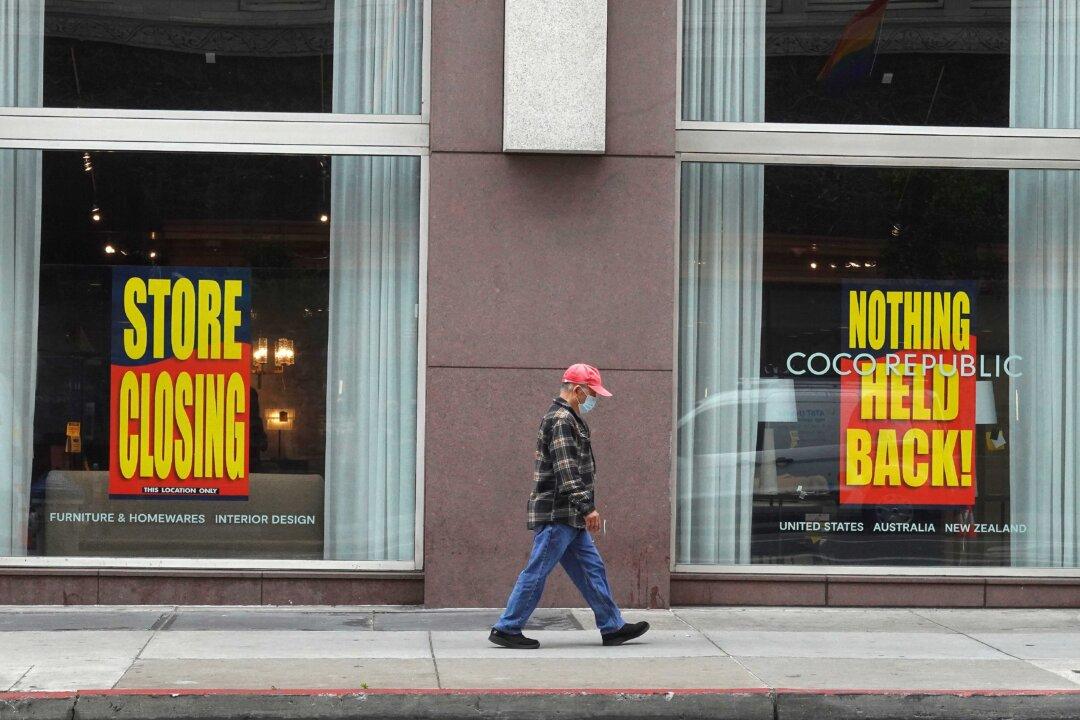A state Senate bill aims to create a revitalized downtown San Francisco with less empty space and more foot traffic by easing tax and regulatory burdens on developers.
Senate Bill 1227, authored by Sen. Scott Wiener, would target a specified area downtown “to speed the conversion and remodeling of outdated buildings into vibrant new uses,” according to a Feb. 16 press release by the San Francisco Democrat.





